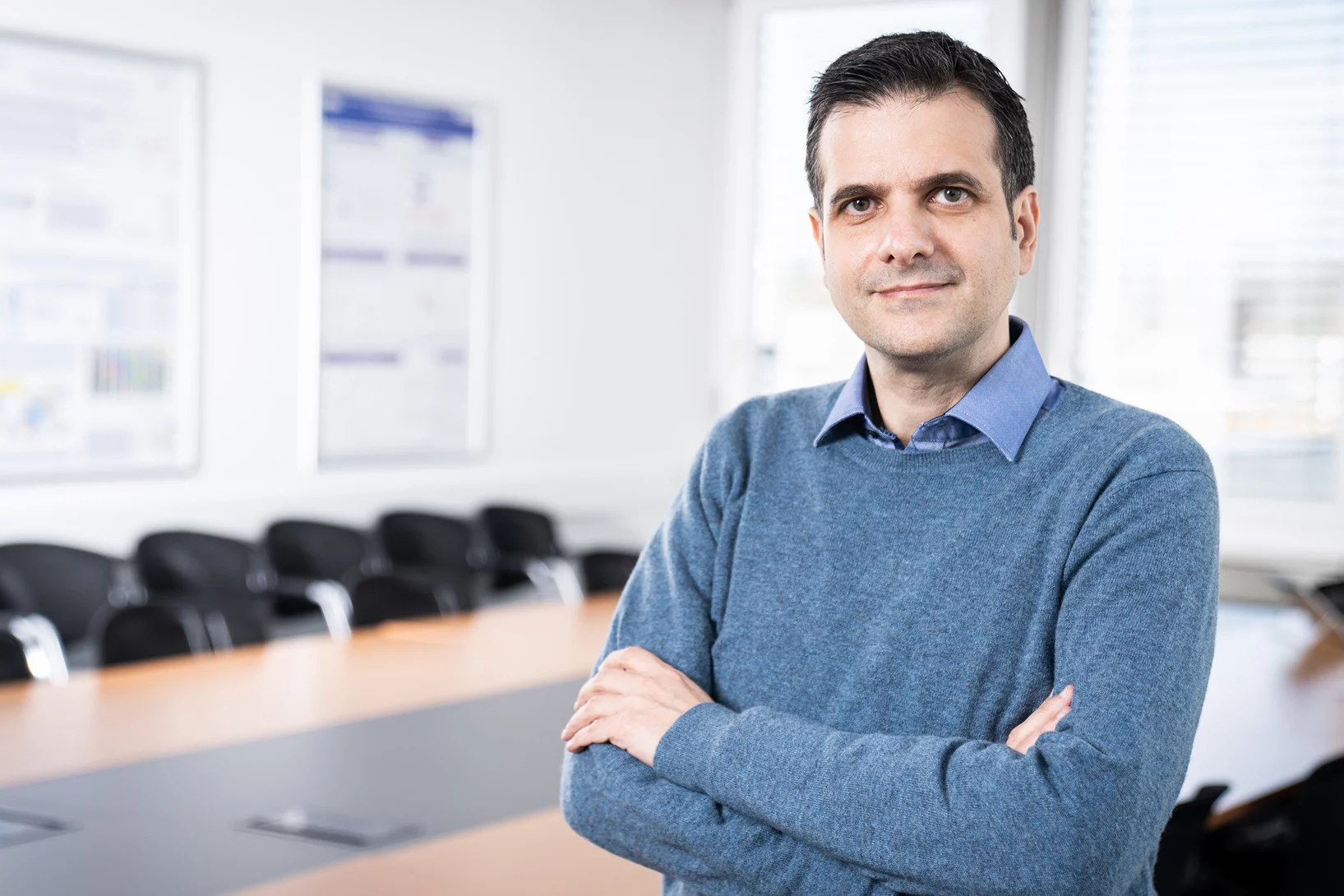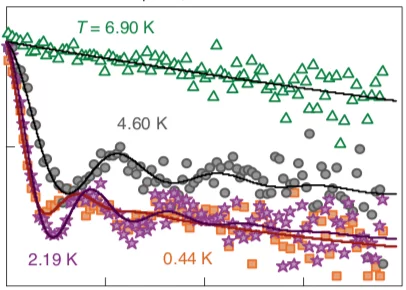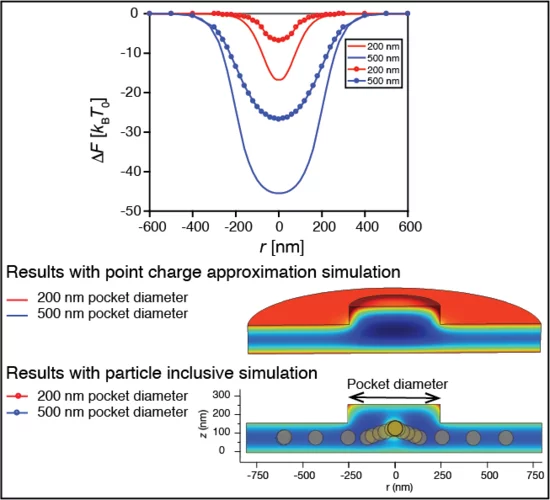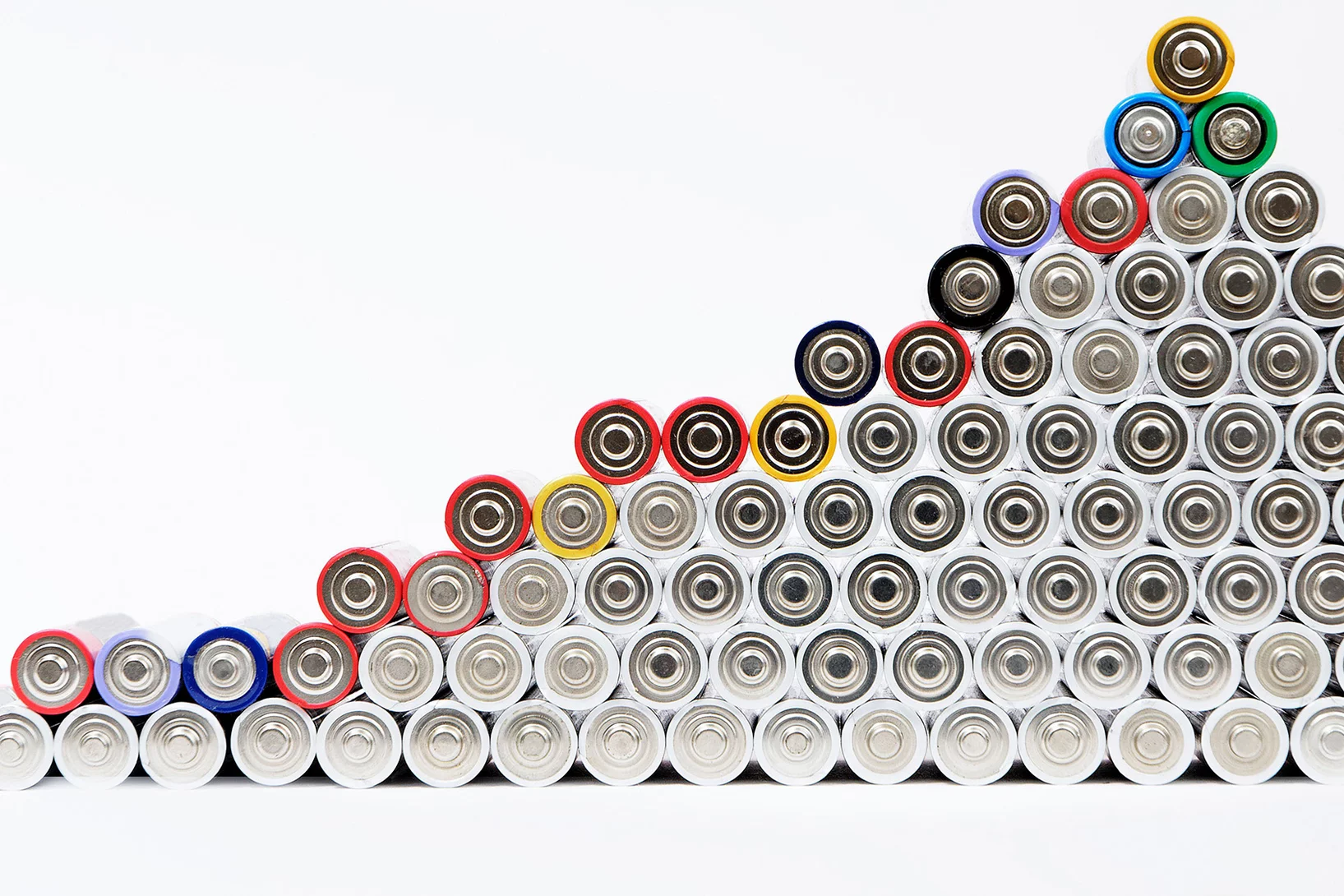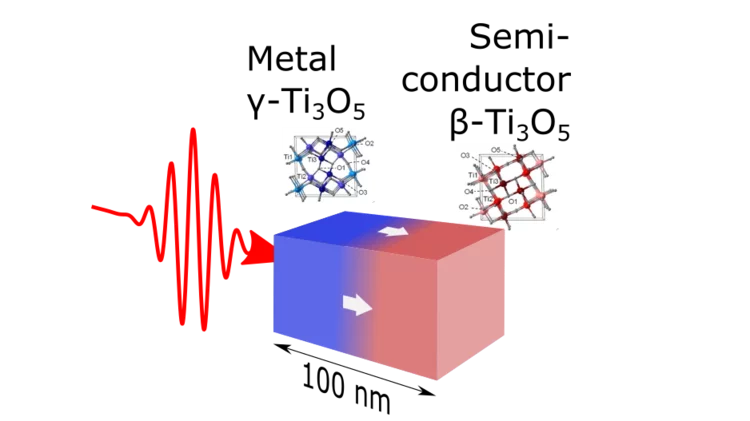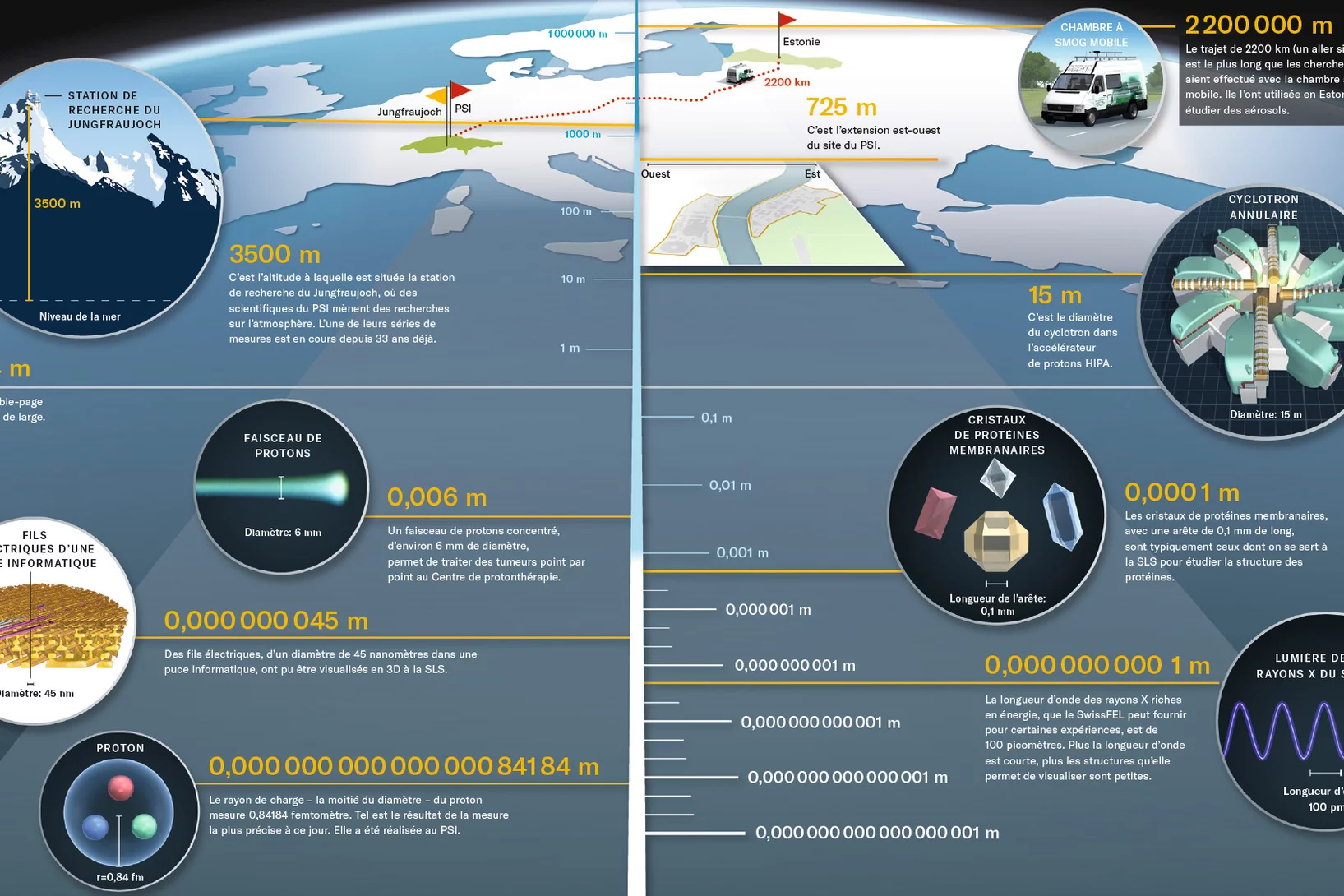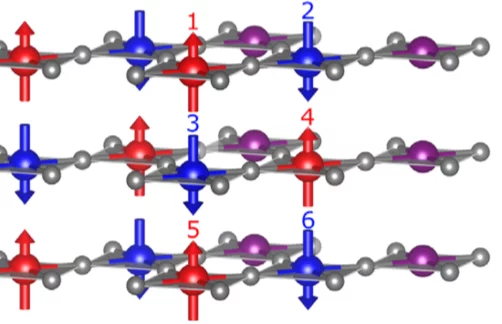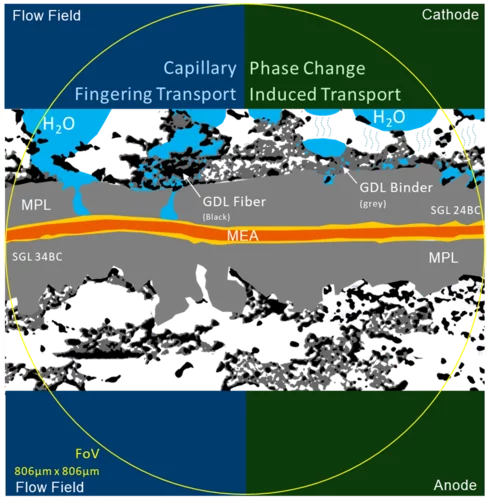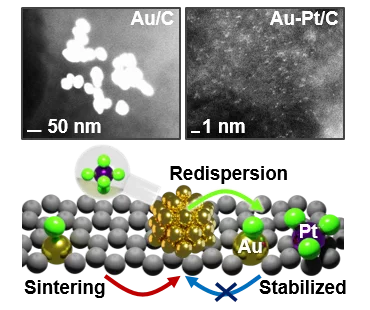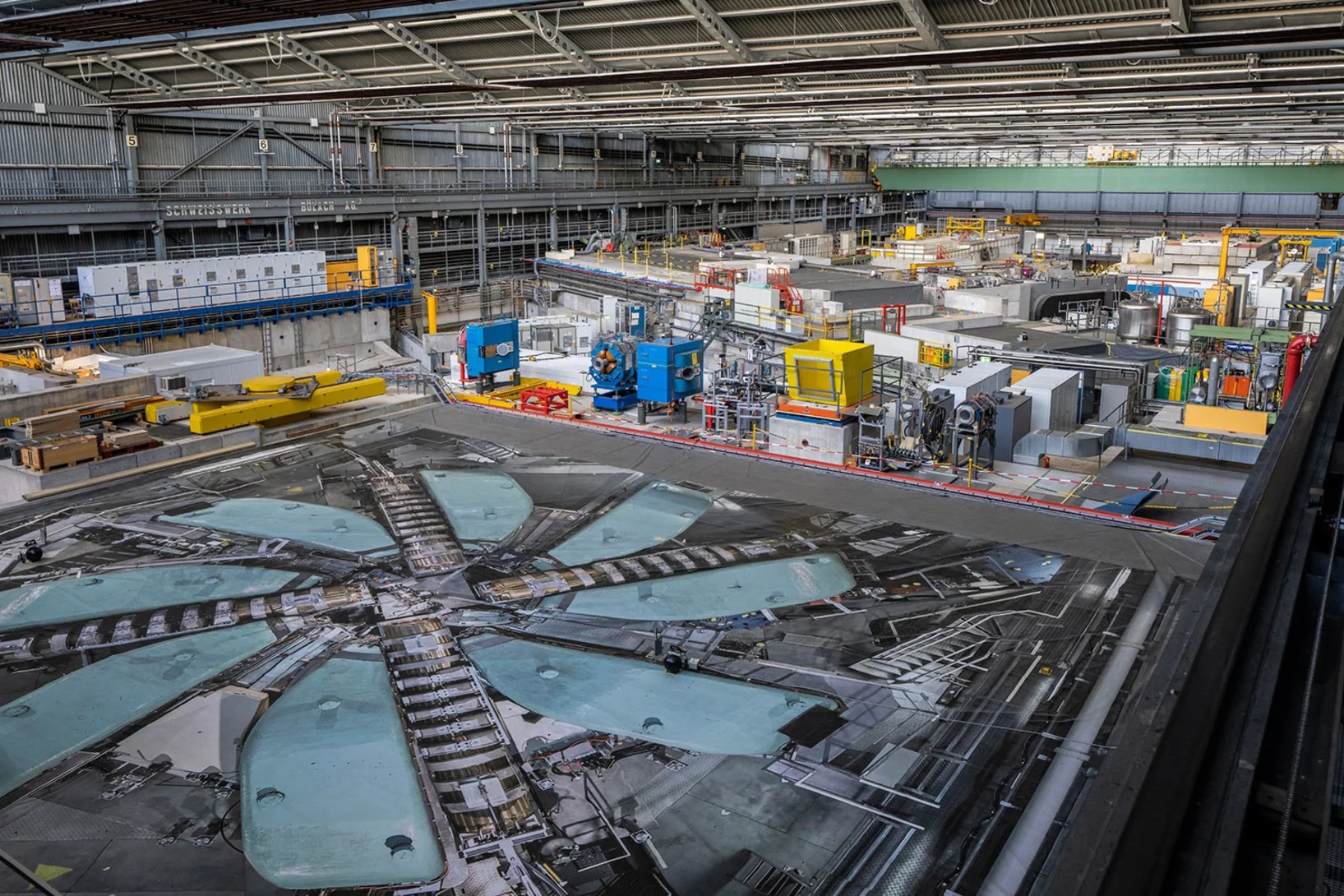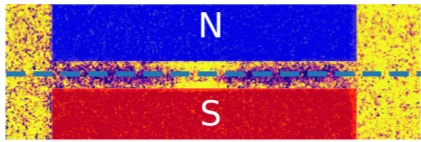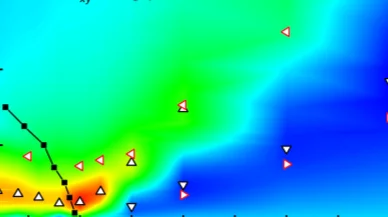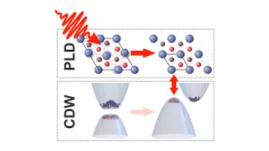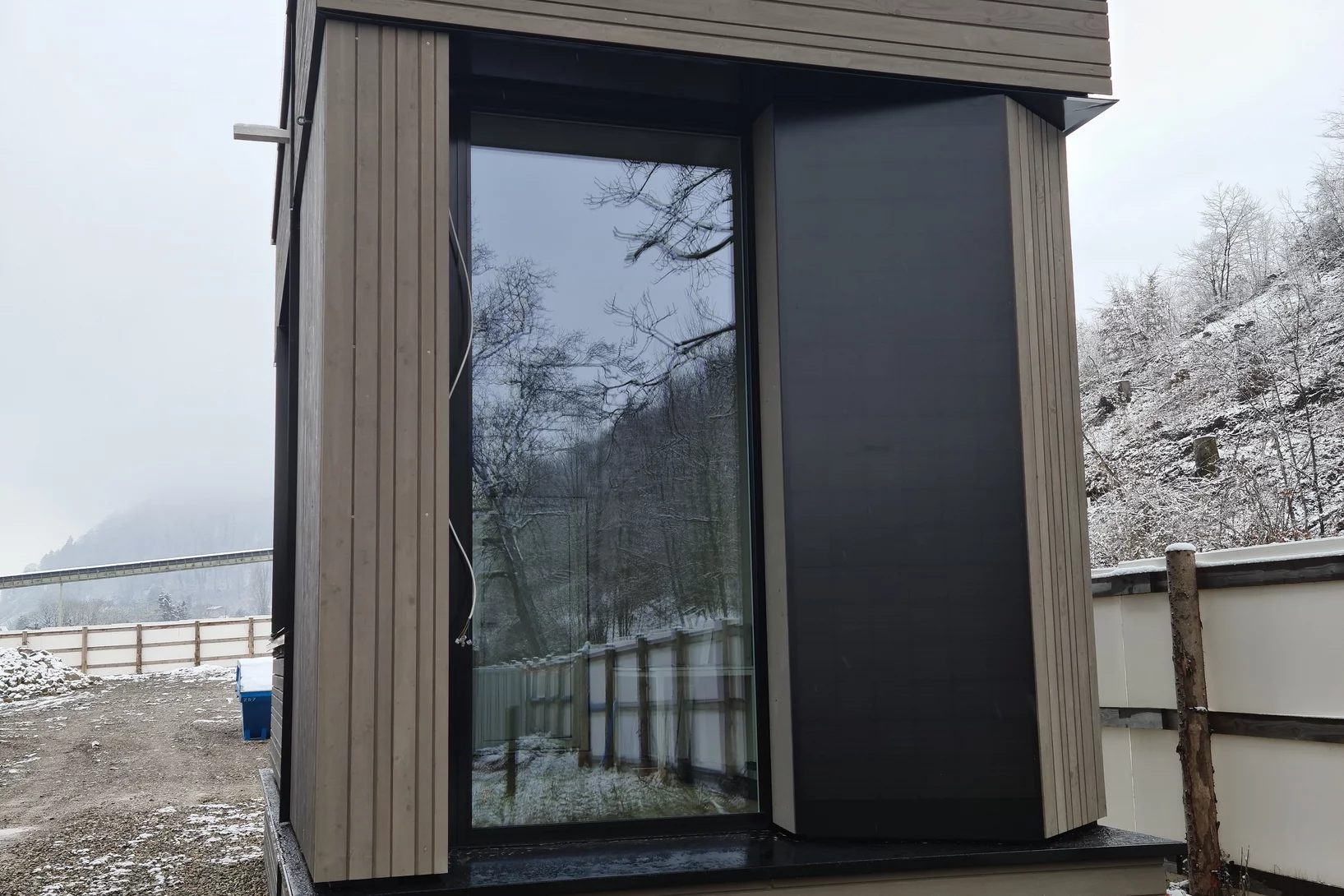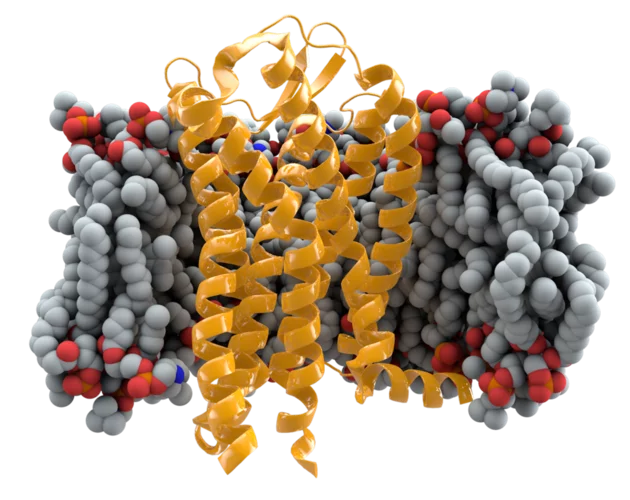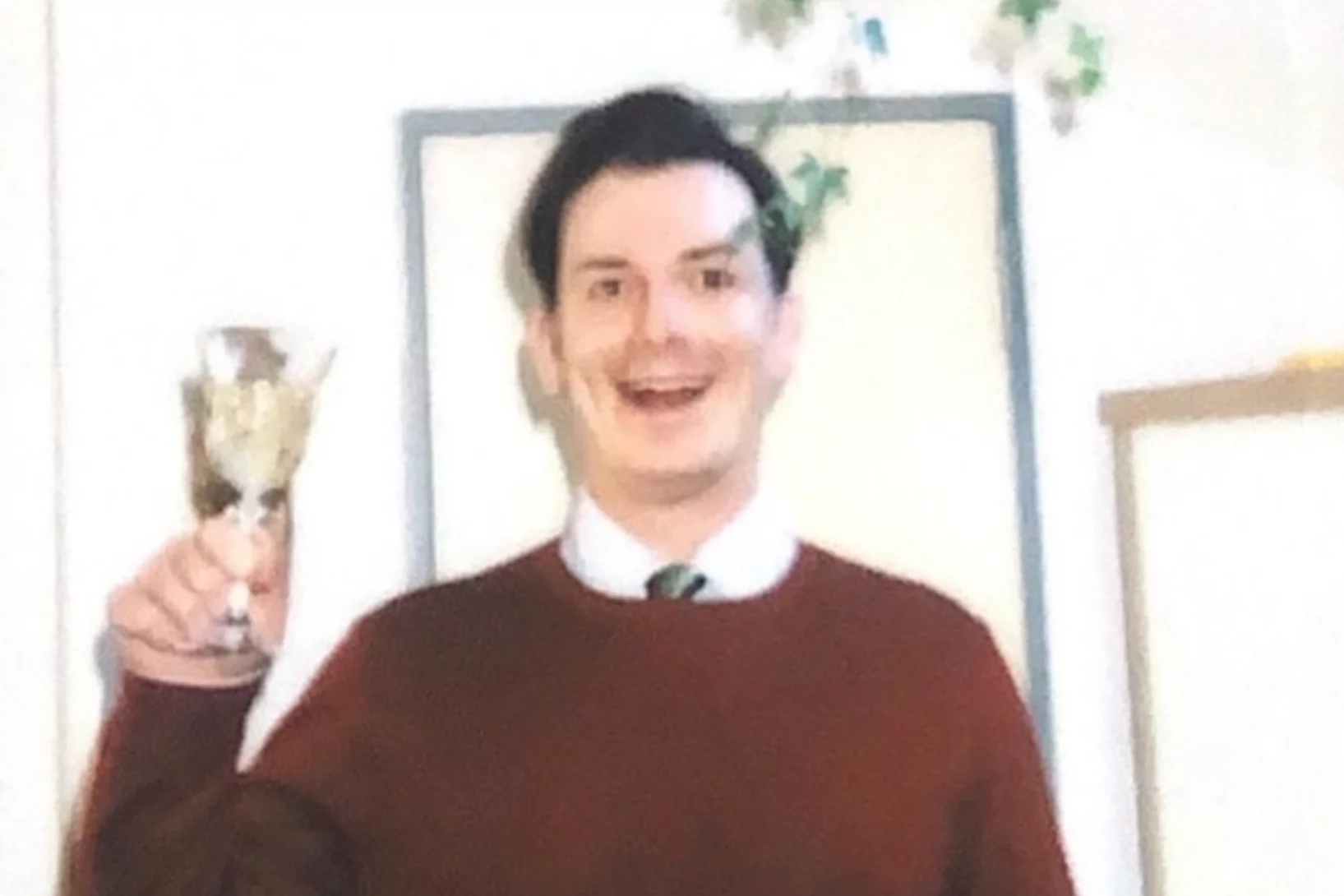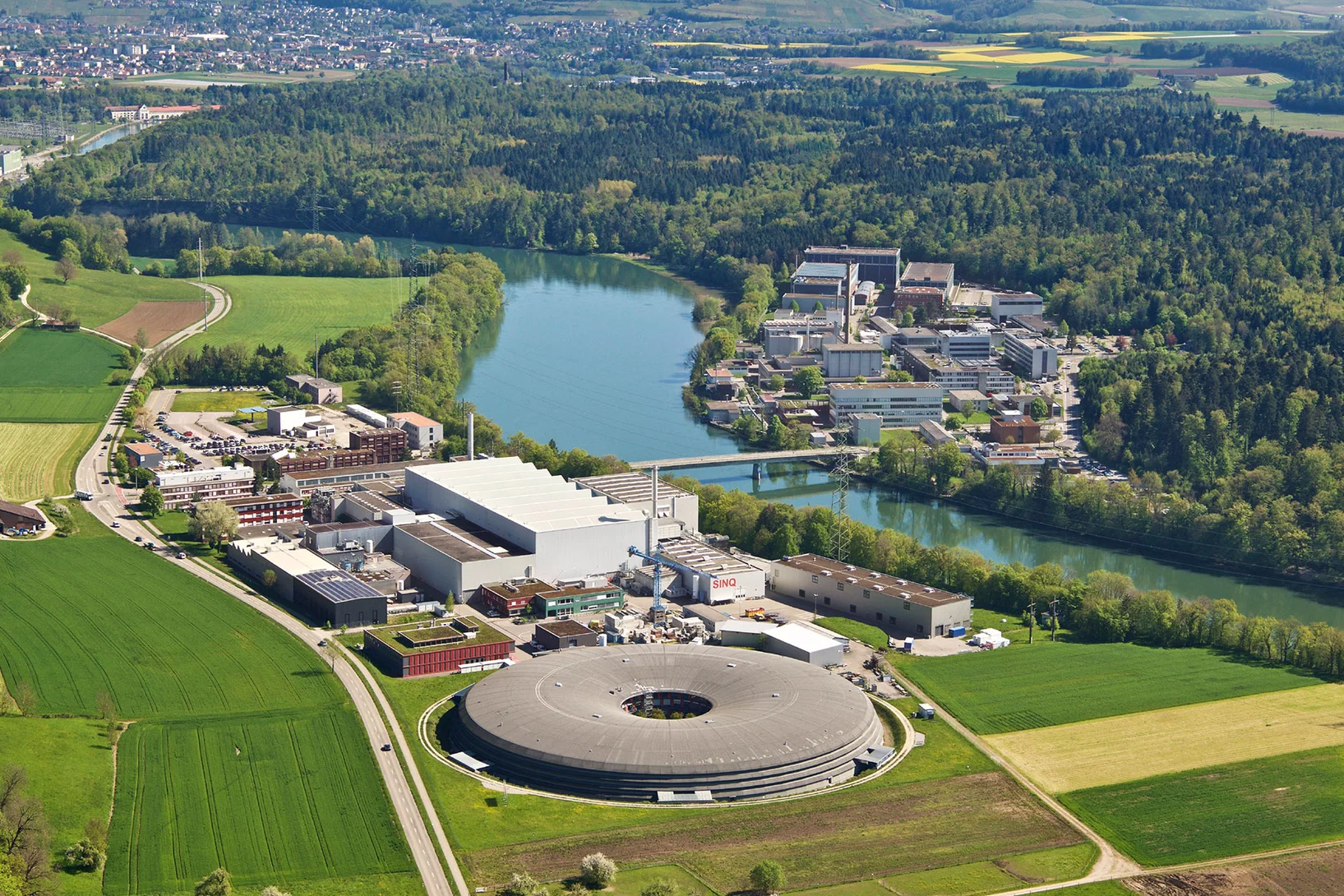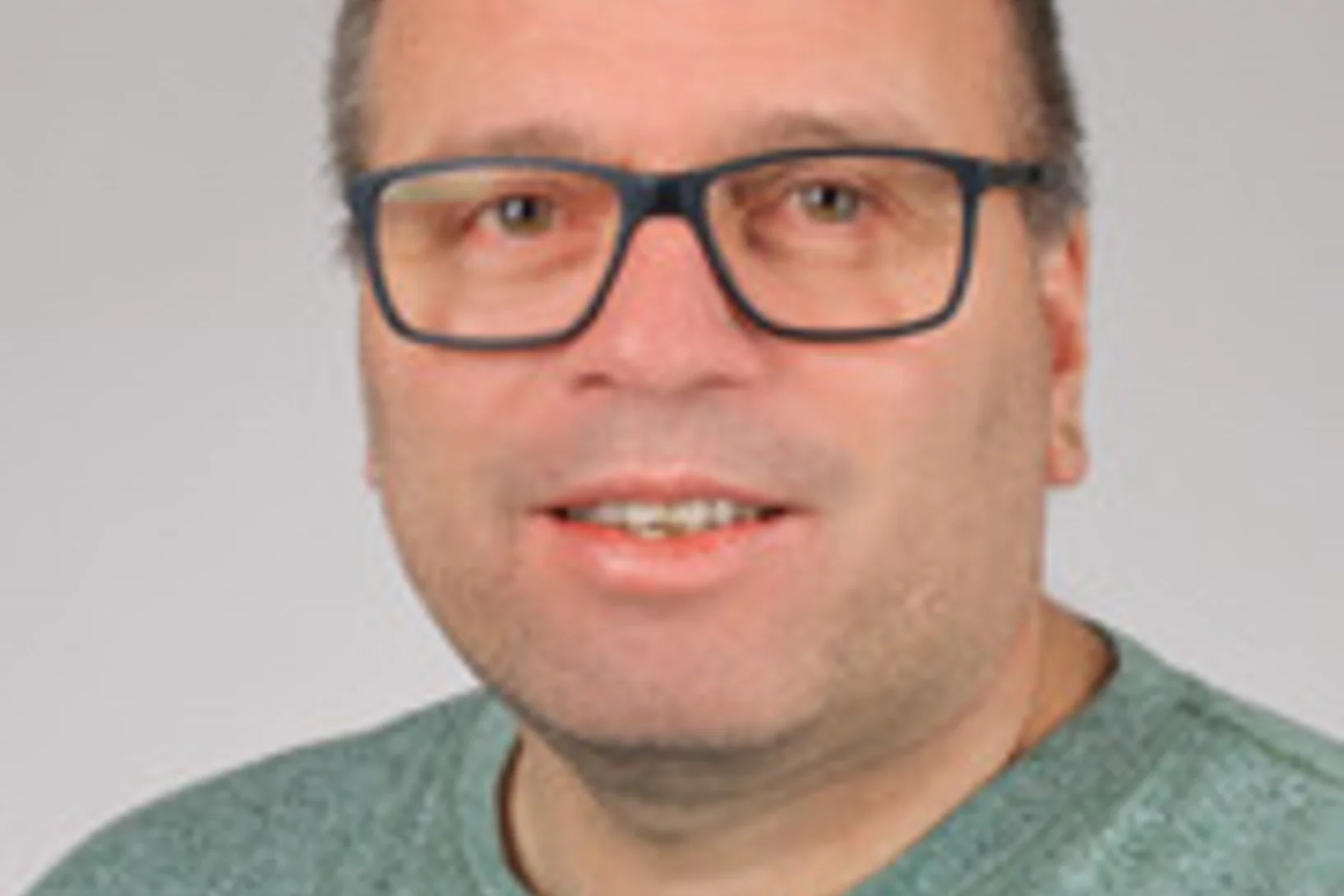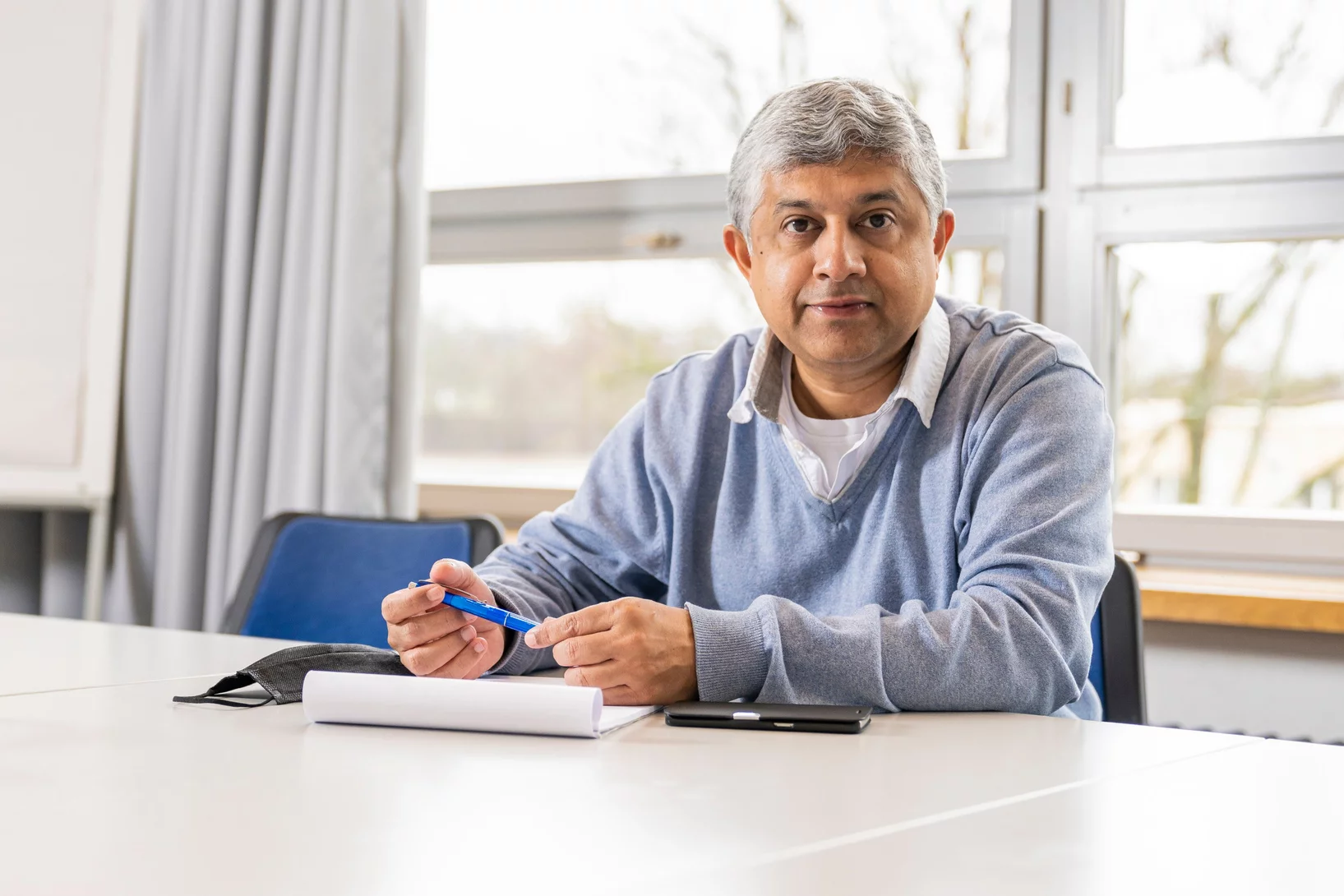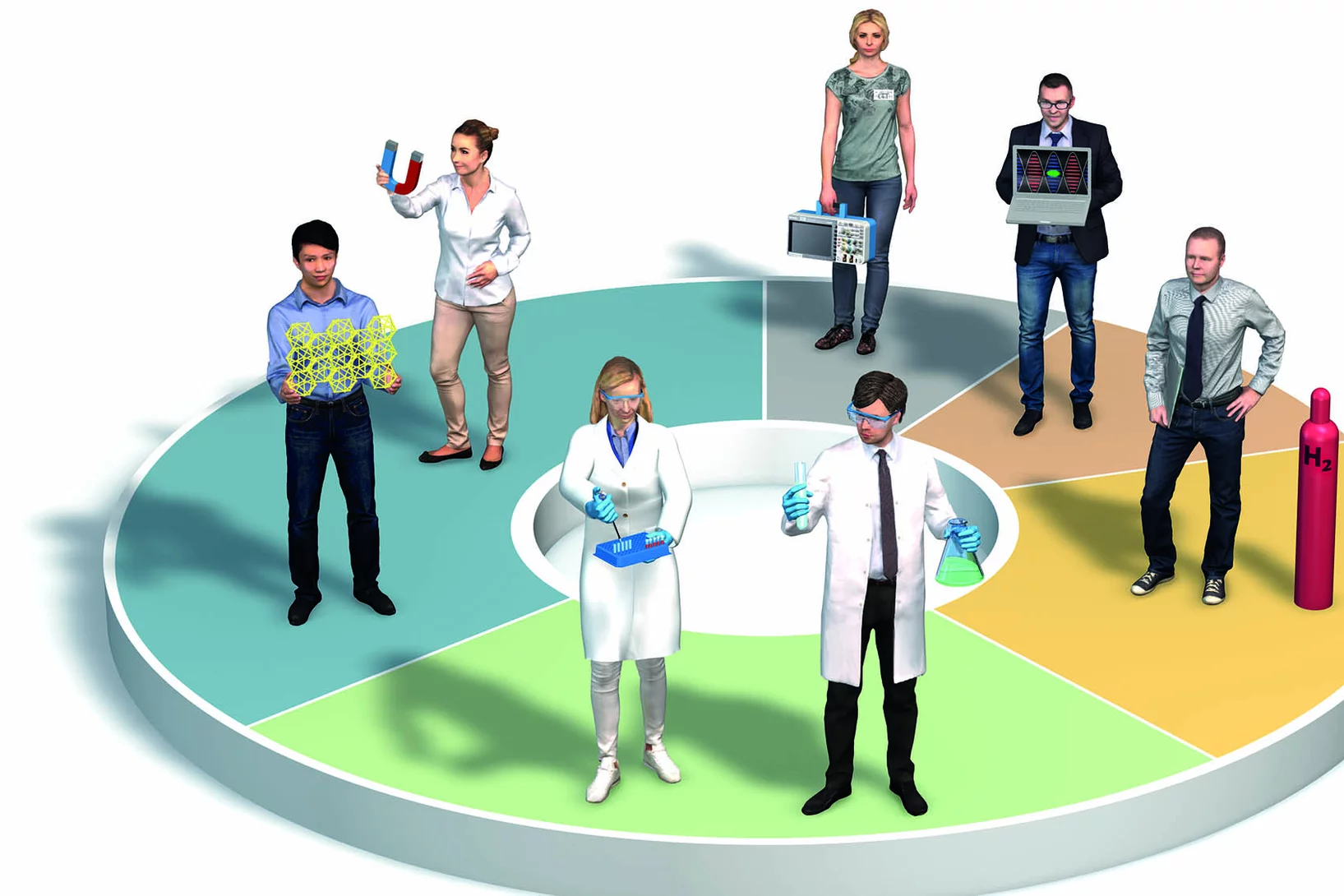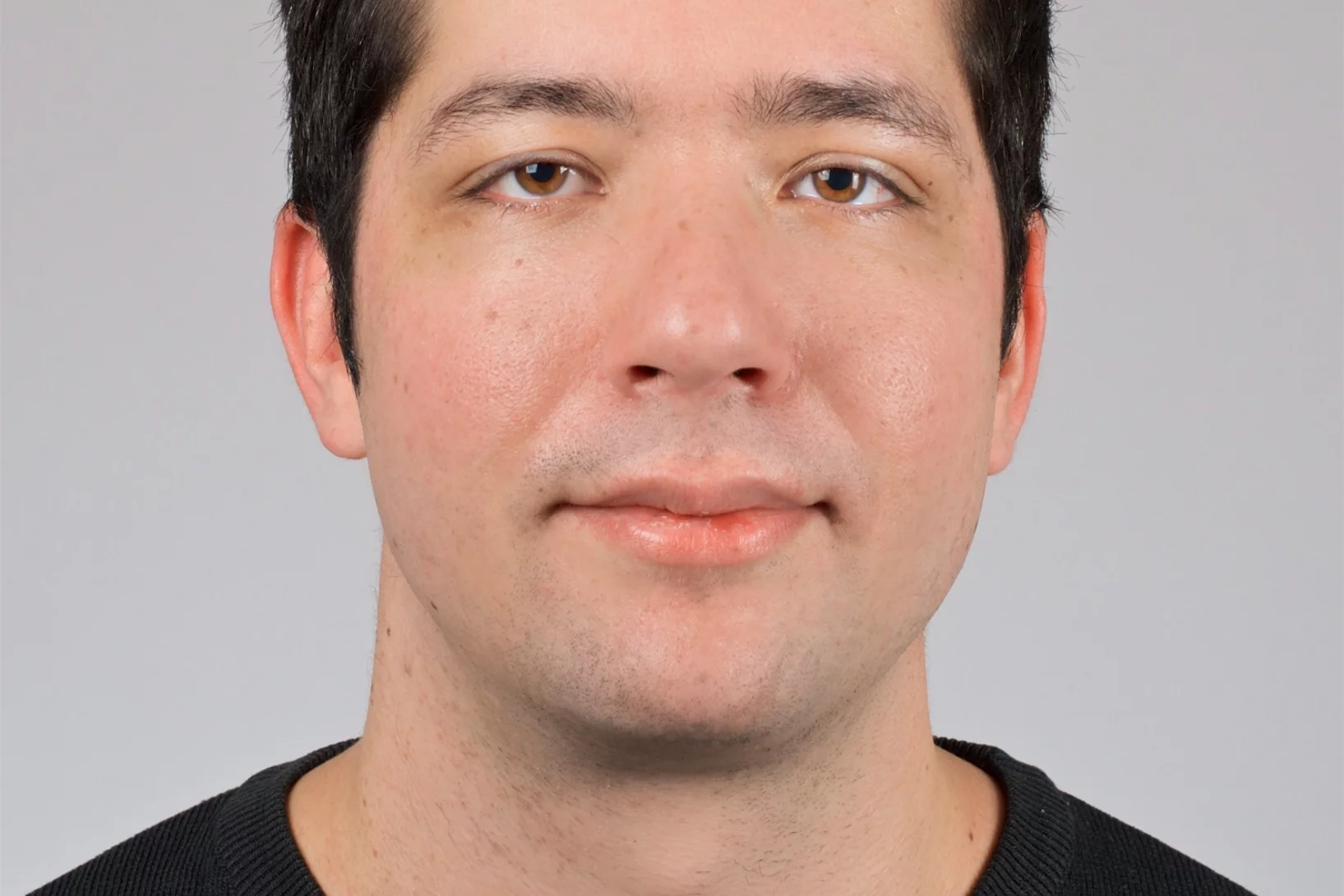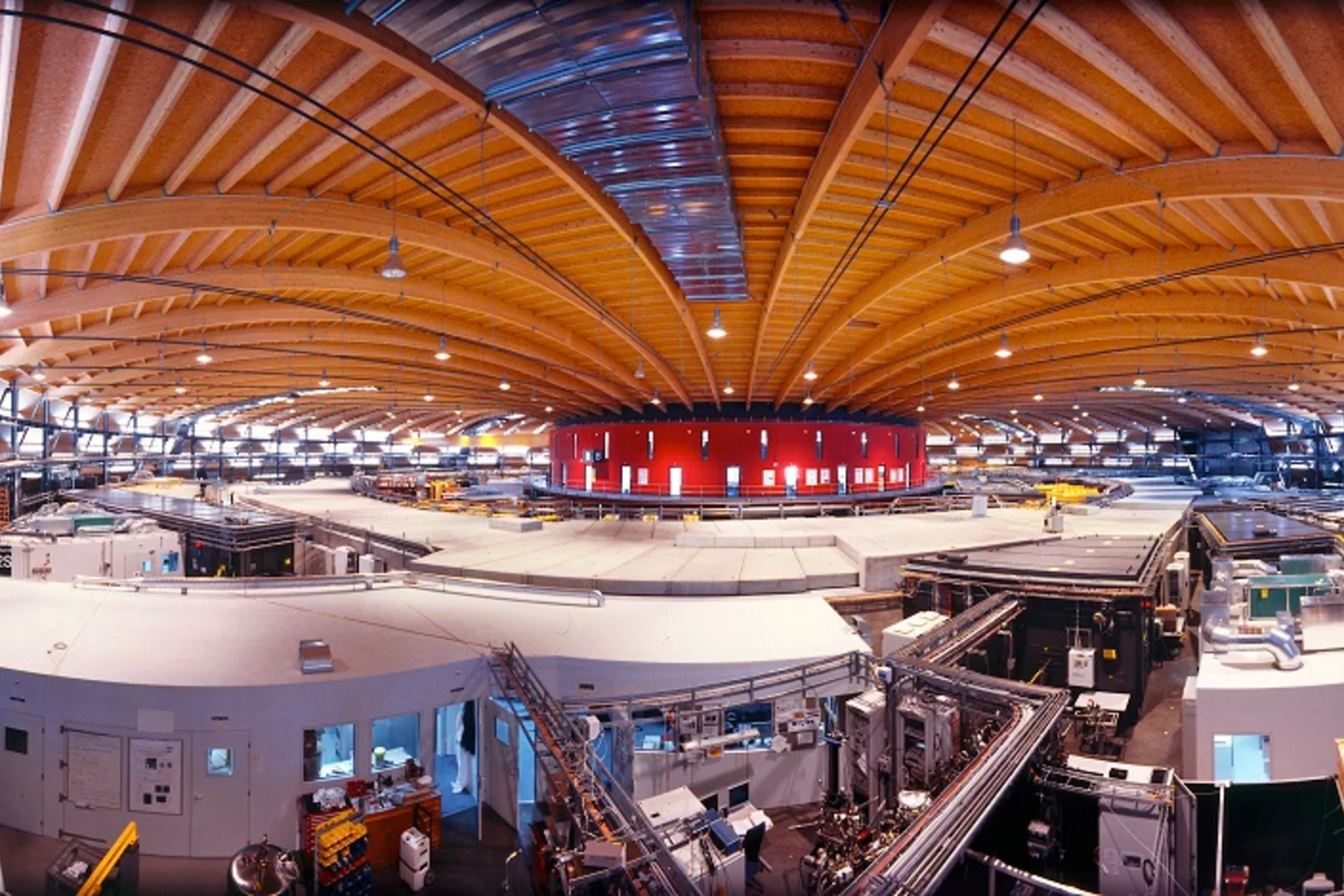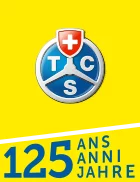Abandon de l’énergie nucléaire, développement de l’énergie solaire et éolienne, production d’énergie à partir de la biomasse, réduction de la consommation d’énergie. D’ici 2050, la Suisse doit atteindre la neutralité climatique. Un objectif ambitieux, rendu plus urgent que jamais par une situation géopolitique de plus en plus difficile. Comment faire pour mettre en place ces prochaines années un approvisionnement énergétique durable et résistant pour la Suisse? Comment les énergies renouvelables peuvent-elles être utilisées de manière optimale? Quelles sont les nouvelles technologies les plus prometteuses? Au PSI, des chercheurs s’efforcent de trouver des réponses à ces questions décisives.
Le tournant énergétique en Suisse
La Suisse réussira-t-elle comme prévu à ramener à zéro ses émissions de CO2 d’ici 2050? Quelles seraient les mesures nécessaires pour atteindre cet objectif? Et combien cela pourrait-il coûter?
«Les chiffres nous aident à nous améliorer»
Peter Allenspach dirige la division Logistique au PSI. De par son travail, il a constamment l’œil sur les chiffres qui caractérisent le PSI.
Split superconducting and time-reversal symmetry-breaking transitions in Sr2RuO4 under stress
Strontium ruthenate (Sr2RuO4) continues to present an important test of our understanding of unconventional superconductivity, because while its normal-state electronic structure is known with precision, its superconductivity remains unexplained. There is evidence that its order parameter is chiral, but reconciling this with recent observations of the spin part of the pairing requires an order parameter that is either finely tuned or implies a new form of pairing. Therefore, a definitive resolution of whether the superconductivity of Sr2RuO4 is chiral is important for the study of superconductivity.
Regarder les protéines des récepteurs se courber
Les récepteurs couplés aux protéines G servent de médiateurs dans l'organisme. Dans une interview Ramon Guixà explique comment il donne vie aux molécules réceptrices à l'écran.
Optimization of Nanofluidic Devices for Geometry-Induced Electrostatic Trapping
Single particle studies play an important role in understanding their physical and chemical properties. Electrostatic trapping is on one such robust method that allows for a contact-free high-throughput single nanoparticle trapping in an aqueous environment in a nanofluidic device. However, finding an optimum design solution for stiffer single particle trapping for different particles is a cumbersome process. This work presents all crucial geometrical parameters required to tune the trapping efficiency of the device, and their impact. Furthermore, the work enables to quickly identify and optimize nanofluidic devices design for stronger single particle confinement using numerical simulations, saving the massive experimental time required for device optimization.
Des carburants verts pour l’aviation
Le PSI et l’Empa veulent développer conjointement une méthode pour produire du kérosène à partir de ressources renouvelables.
The Swiss Battery Days 2020/2021
A world without batteries? Unimaginable! They transform our electronic devices into wireless and portable objects.
Conduction control in nanoparticles
Light induced propagation strain pulse, converting nanoparticles of Ti3O5 from semiconducting to metallic phase.
Infographique «Dimensions au PSI»
Des plus petites particules aux missions spatiales : l'éventail des dimensions que l'on trouve au PSI vous invite à un voyage à travers les ordres de grandeur.
Strong Superexchange in a d^(9−δ) Nickelate Revealed by Resonant Inelastic X-Ray Scattering
The discovery of superconductivity in a d9−δ nickelate has inspired disparate theoretical perspectives regarding the essential physics of this class of materials. A key issue is the magnitude of the magnetic superexchange, which relates to whether cuprate-like high-temperature nickelate superconductivity could be realized. We address this question using Ni L-edge and O K-edge spectroscopy of the reduced d9−1/3 trilayer nickelates R4Ni3O8 (where R = La, Pr) and associated theoretical modeling.
Temperature Dependent Water Transport Mechanism
Subsecond and submicron operando X-ray tomographic microscopy (XTM) was applied to reveal the water dynamics inside the gas diffusion layer (GDL) of polymer electrolyte fuel cells (PEFC). Utilizing the instrumental advancements in operando XTM of PEFCs the contribution of capillary-fingering and phase-change-induced flow on water transport in GDLs was quantified, for the first time during fuel cell startup at different operation temperatures.
Sustainable Synthesis of Bimetallic Single Atom Gold-Based Catalysts with Enhanced Durability in Acetylene Hydrochlorination
Platinum chloride in aqueous solution promotes the dispersion of large gold nanoparticles (>70 nm) on carbon carriers into single atoms, forming bimetallic single-atom catalysts with improved resistance against sintering at temperatures up to 800 K and under the harsh reductive reaction conditions of acetylene hydrochlorination, leading to improved lifetime in this reaction. To rationalize these observations, this study, led by ETH Zurich, utilized X-ray adsorption spectroscopy conducted at the SuperXAS beamline of the SLS to provide insights into the degree of gold dispersion and the structure of the isolated metal sites in the bimetallic catalysts.
SWEET Program, Research challenge 4: Sustainability at the heart of a resilient Swiss energy system
The results have been announced of the first call for proposals in the new energy research programme SWEET (Swiss Energy Research for the Energy Transition). An international panel of experts has awarded the contract to four consortia. The host institutions of these research consortia are ETHZ, EPFL, the University of Geneva and the PSI. Over the next six to eight years, they will work on their research tasks in trans- and interdisciplinary projects.
L’Infrastructure suisse pour la physique des particules CHRISP
Les chercheurs recherchent les écarts par rapport au modèle standard actuel de la physique et veulent savoir comment notre univers est construit.
Decomposing Magnetic Dark-Field Contrast in Spin Analyzed Talbot-Lau Interferometry: A Stern-Gerlach Experiment without Spatial Beam Splitting
We have recently shown how a polarized beam in Talbot-Lau interferometric imaging can be used to analyze strong magnetic fields through the spin dependent differential phase effect at field gradients. While in that case an adiabatic spin coupling with the sample field is required, here we investigate a nonadiabatic coupling causing a spatial splitting of the neutron spin states with respect to the external magnetic field. This subsequently leads to no phase contrast signal but a loss of interferometer visibility referred to as dark-field contrast.
Unconventional Transverse Transport above and below the Magnetic Transition Temperature in Weyl Semimetal EuCd2As2
As exemplified by the growing interest in the quantum anomalous Hall effect, the research on topology as an organizing principle of quantum matter is greatly enriched from the interplay with magnetism. In this vein, we present a combined electrical and thermoelectrical transport study on the magnetic Weyl semimetal EuCd2As2. Unconventional contribution to the anomalous Hall and anomalous Nernst effects were observed both above and below the magnetic transition temperature of EuCd2As2, indicating the existence of significant Berry curvature.
Structural involvement in the melting of the charge density wave in 1T-TiSe2
The authors find using resonant and non-resonant x-ray diffraction on an x-ray free electron laser that the structural distortion and the underlying electronic structure of the charge density wave in TiSe2 show different energetics at ultrafast timescales. This indicates that the lattice distortion stabilizes the charge density wave.
Ultrafast calorimetry of deeply supercooled water
FEL-based ultrafast calorimetry measurements show enhancement and maximum in the isobaric specific-heat.
Clever chicanery delivers ultra-short hard X-ray pulse
A chicane slows down race cars on a track, causing them to bunch together. Using the same technique for electrons creates ultra-short X-rays that pack a punch.
Campus d'Innovation du Parc Innovaare: De grands progrès dans la construction
Les travaux de construction du Campus d'Innovation du Parc Innovaare, qui ont débuté en novembre 2019, progressent très bien. En attendant, les progrès de la construction sont clairement visibles. Le Campus d'Innovation se compose de deux bâtiments principaux (A1 et B1), dans lesquels des étages entiers ainsi que des bureaux individuels et des espaces de laboratoire seront loués. A1 et B1 sont reliés par un couloir de liaison au 1er étage.
Peering into proteins for better drug discovery
The CCR5 receptor (yellow) spans the cell membrane to relay messages from chemokines into the cell’s interior. But until now researchers did not know for sure how that looked when the receptor was activated.
Congratulations to Julian Wennmacher!
On February 10th, 2021, Julian Wennmacher defended his PhD entitled "Developing electron crystallography to elucidate the location of functional sites in zeolites" at ETH Zurich. Congratulations!
Infografique «Le site du PSI»
5232 n'est pas le titre du magazine du PSI par hasard : c'est le code postal unique de l'institut. Sur le site, qui fait la taille de 48 terrains de football, il y a d'autres chiffres à découvrir, de la consommation quotidienne de café aux centaines de milliers de mètres de câbles à fibres optiques.
New group member
Robert Kälin officially joins the Quantum Technologies group as technician of the Cristallina endstation.
«Notre objectif, à terme, est de comprendre comment des maladies se déclarent dans les cellules individuelles»
Les techniques modernes d’imagerie et de séquençages, combinées à l’apprentissage automatique, offrent d’innombrables possibilités inédites aux chercheurs pour scruter l’intérieur des cellules avec une précision jamais vue jusqu’ici. G.V. Shivashankar, directeur d’un laboratoire au PSI, décrit comment les données peuvent être combinées pour trouver des réponses à certaines questions urgentes.
Infographique «Les gens au PSI»
Le PSI compte environ 2100 employés, dont 800 chercheurs. En outre, des chercheurs invités et des visiteurs sont régulièrement accueillis dans l'établissement. Notre infographie donne un aperçu des personnes au PSI.
Christian Bauer interviewed on Electric Mobility at the Kassensturz program by SRF
SRF interviewed Christian Bauer, a scientist at PSI's Laboratory for Energy Systems Analysis who specialises in life cycle and sustainability analyses, on Electric Mobility at the program Kassensturz
Welcome Florent Dubray
On Feb 1st, a new postdoc, Florent Dubray will start in our group. He finished his PhD on the synthesis, characterization and catalytic applications of metal containing zeolites at the ENSI in Caen.
He will work on the (new) SYNFUEL project (a PSI initiative to make sustainable jet fuel) converting methanol into jet fuel over modified zeolite catalysts.
Industry-Webinar: SLS 2.0 Upgrade Program
We are pleased to invite interested national and international companies to our information webinar for the SLS 2.0 (Swiss Light Source) upgrade project in Villigen, Switzerland.
This webinar will be broadcast on the 9th February 2020 from 10:00 to 12:30 CET.
The event is jointly organised by the PSI (Paul Scherrer Institute) and the Swiss ILO (Industry Liaison Office for Research Institutions). During this webinar we will provide information on the PSI procurement rules, an introduction to the SLS 2.0 project and an overview of the upcoming SLS 2.0 commercial tenders.
TCS Switzerland Passenger Cars platform extended with Life Cycle Carbon footprint from PSI-TA
TCS Switzerland has extended its passenger car search and comparison platform by adding the life cycle carbon footprint quantified by PSI-TA.

